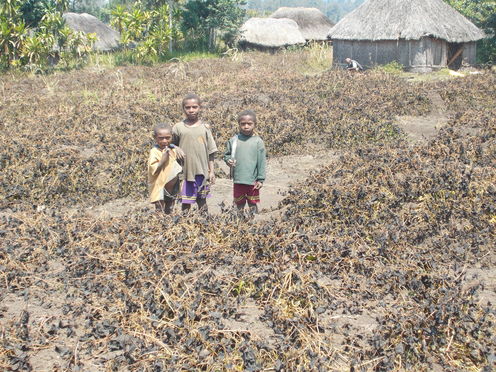In April 2015, the rains stopped coming to the New Guinea Highlands—a result of the current El Niño impacting the planet. A few months later in August, the inevitable frosts arrived that also accompany El Niños. What few crops were struggling to survive in people’s gardens were utterly decimated by the frosts, for while people garden in the highlands up to 2,800 meters above sea level, the crops they grow are mostly adapted to lowland tropical environments. The staples of the highlands—sweet potatoes (Ipomoea batatas) and taro (Colocasia esculenta)—cannot be stored; therefore, the inability to continually plant and harvest staple crops poses food insecurity for almost 2 million people in Papua New Guinea (PNG).
Read More “Socio-Environmental Disasters and Resilience Approaches”
